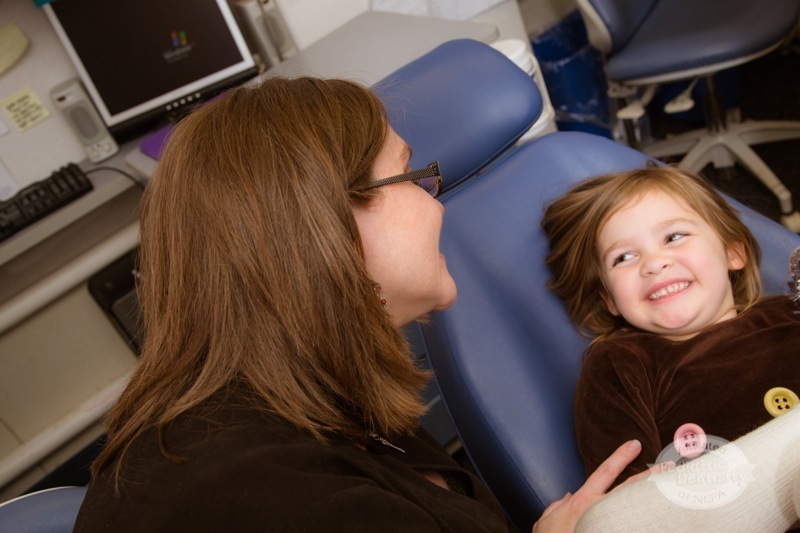Call: (805) 388-1048
Request AppointmentGeneral Dentistry
Dental Exam
The secret to a bright, healthy smile is actually no secret at all: brush, floss and get a professional dental exam at least once every six months. Professional dental exams are all about prevention – preventing existing problems from getting worse and preventing dental problems from developing in the future. Regular dental exams make it possible to identify and treat a problem in its earliest stage – which is not only good for your oral health but also good for your budget!
There's nothing to fear with a dental exam. Your teeth will be visually examined for signs of plaque, tartar and tooth decay. Your gums will also be examined for puffiness or discoloration, which are signs of gum disease. A full set of dental X-rays may also be taken during your dental exam, to enable your dentist to see below the surfaces of your teeth. Dental exams typically end with a dental cleaning, to remove surface stains and buildup.
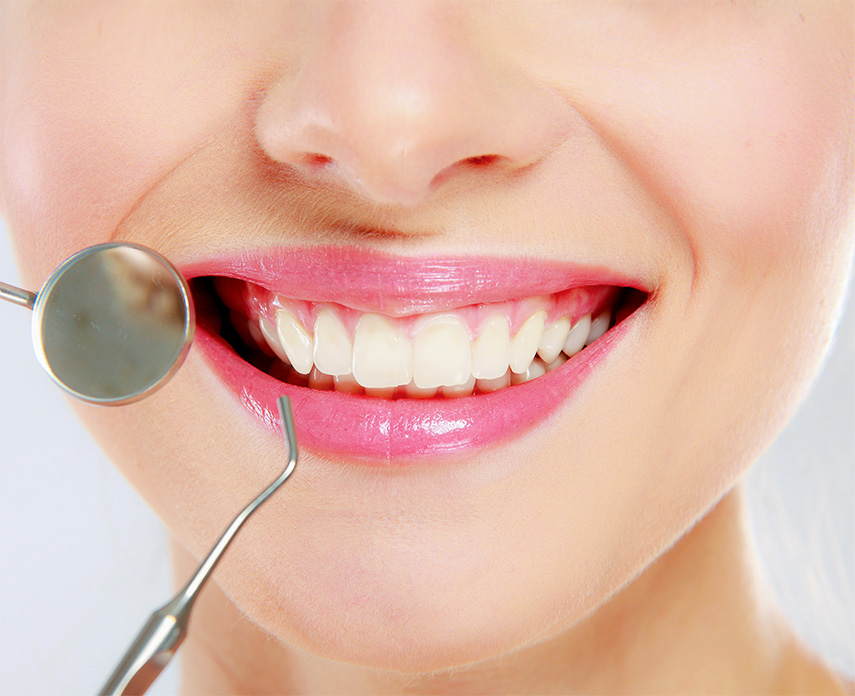
Dental X-Ray
Dental X-rays have come a long way. Todays dental X-rays are safer, faster, more comfortable and more informative than the X-rays of years past. Today's X-rays reduce radiation and provide exceptional diagnostic information to ensure that potential problems are caught in their earliest stages. Intraoral photography is another alternative to traditional dental X-rays. With intraoral photography, problems such as cavities, fractures and discolorations in the teeth are captured by a 35mm or digital camera.
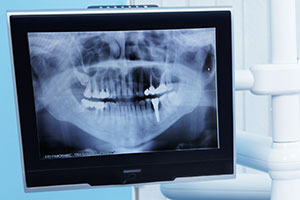
Teeth Cleaning
No matter how often you brush and floss, plaque and tartar deposits can still build up on your teeth. A professional teeth cleaning is the single most effective way to remove these deposits and prevent them from causing more serious problems in the future. While a traditional teeth cleaning involves manually scraping away these deposits with special dental tools, advances in dental technologies now give you more options for teeth cleanings.
A laser teeth cleaning, also known as an ultrasonic cleaning, is a popular alternative to traditional teeth cleanings. With a laser teeth cleaning, an ultrasonic scaler (rather than a manual probe) is used to remove deposits, kill harmful microbes and eliminate bacteria around the teeth and gums through high-frequency sound waves. Many patients find laser teeth cleanings more comfortable than traditional teeth cleanings because they are quicker, quieter and pain-free.
A deep cleaning may be recommended if excessive plaque and tartar deposits have developed below the gum line. Deep cleanings, also known as scaling and root planing, involve a two-part process: first, the stubborn deposits are removed, and then the root surfaces are smoothened. A deep cleaning helps prevent periodontal disease and restores gum tissues to a healthy state.

Oral Cancer Screening
Oral cancer affects nearly 35,000 Americans every year. The keys to surviving oral cancer are early detection and early treatment. This starts with a regular oral cancer screening – at least once every six months. An oral cancer screening takes just minutes, is pain-free and can be performed during regular dental exams. If you are male, a regular oral cancer screening is especially critical: Oral cancer is more than twice as common in men as it is in women. Other people at high risk of oral cancer include people over the age of 60, tobacco smokers and heavy drinkers.
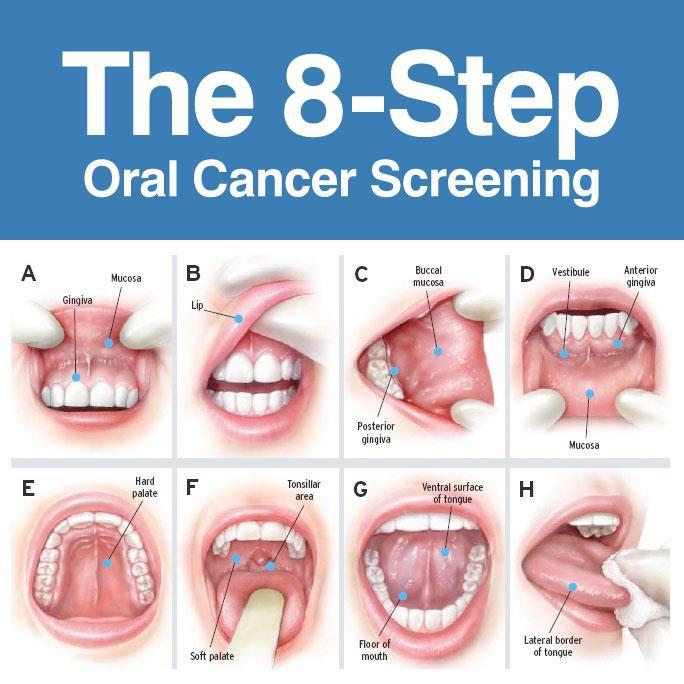
Dental Fillings
Sooner or later in our lives, some of us wind up with a cavity. In most cases, a cavity will need your dentist to take out the rotten area and to fill in the tooth area that was removed. There has been quite a few of advances in the field over the past few years, so if you’re one of the lucky ones and haven’t had a cavity in a while, you should read up on what is obtainable today so that you understand the options available to you.
quite a few of us have had dental amalgam fillings (silver) or gold filling reparations. Some dental amalgam fillings were known as mercury fillings, since some amalgam fillings contained mercury. Metal fillings were competent, but very indiscreet and tended to blacken in color over time.
Composite resin dental fillings were created as an alternative option to traditional metal dental fillings. Tooth fillings colored to look like a normal tooth are known as Composite Resin Dental Fillings, and are made of a plastic dental resin. Composite Resin Dental Fillings are tough, durable, and make for a very brilliant looking smile.
If you have a cavity in a tooth, broken fillings, mercury fillings, or amalgam fillings, this type of dental filling is well worth discussing with your dental practitioner. Mercury fillings or amalgam fillings can easily be removed and replaced with far more appealing colored fillings. These fillings actually strengthen your tooth past the level it had with the amalgam fillings.
Composite resins may also be used to enhance the appearance of any tooth, which is a tooth bonding procedure.
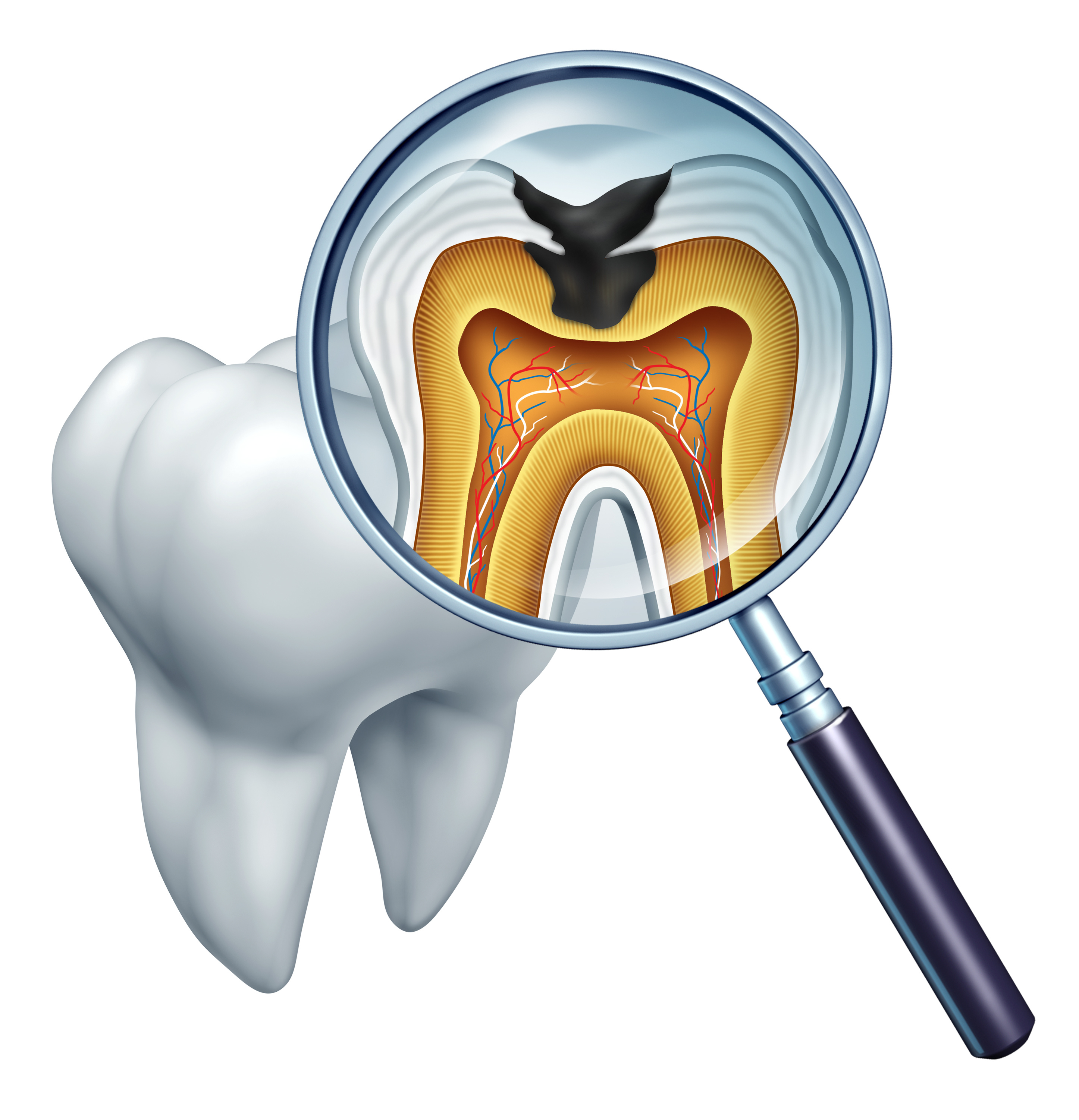
Extractions
Why are Teeth Removed? Teeth are removed for a variety of reasons:
Many dental experts advise getting rid of impacted teeth that are only partially erupted. Germs can enter around a partially erupted tooth and will cause an infection, which can widen into the encompassing bone and become highly critical. Impacted teeth go on trying to break through the gum tissue whether there is enough space or not. The continuing pressing caused by this attempted eruption can finally harm the roots of neighboring teeth. Extracting a tooth that is impacted can often prevent infection, damage to connected teeth and bone, and save pain in the future.
What can I Expect After an Extraction?
It is important to keep the area clean and prevent infection directly following the pulling of a tooth. Your dentist will ask you to bite down mildly on a piece of dry, sterilized gauze, which you must keep in place for up to 30 to 45 minutes to limit bleeding while clotting takes place. For the next 24 hours, you shouldn’t smoke, rinse your mouth vigorously, or clean the teeth next to the extraction site.
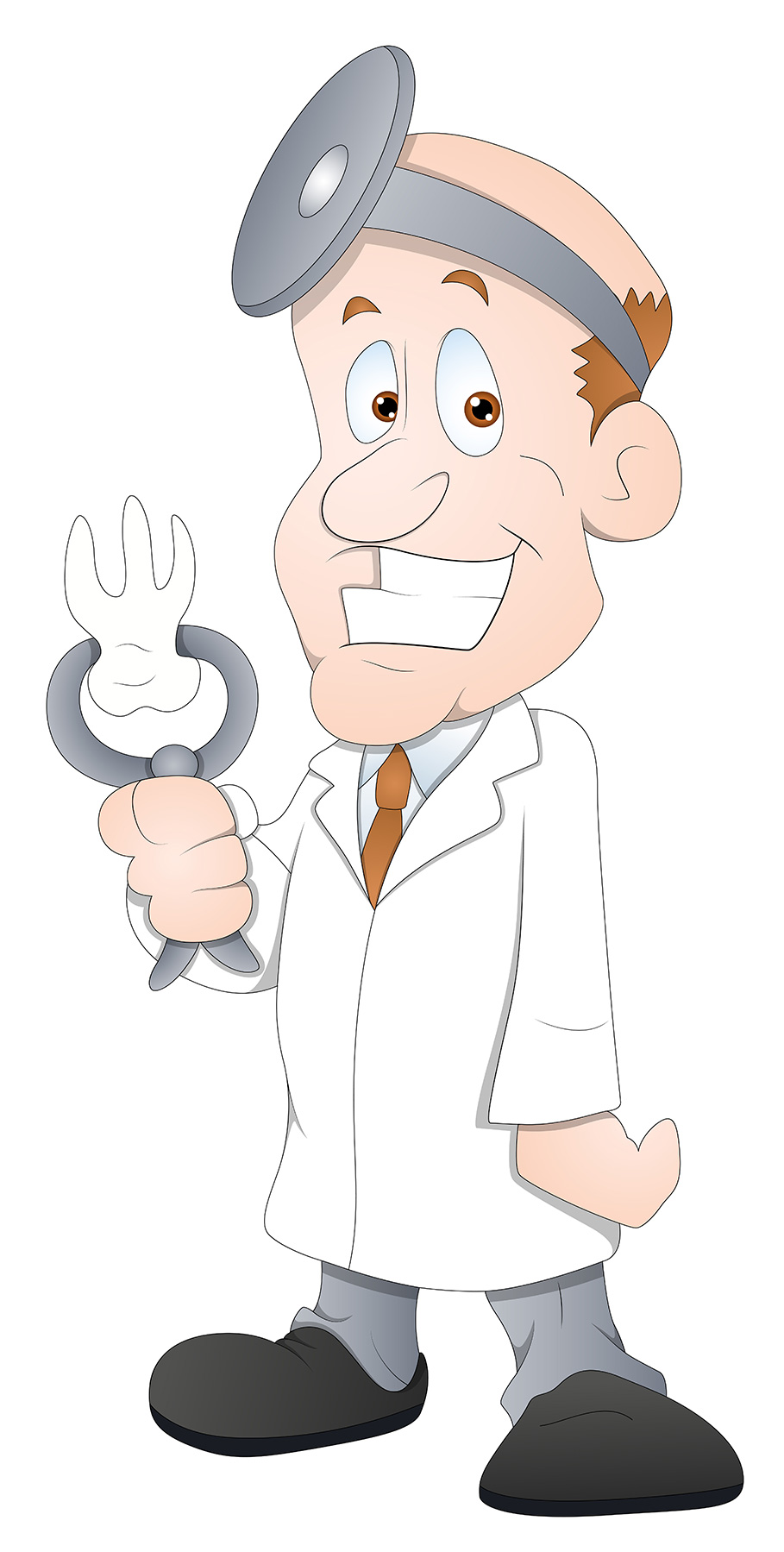
Crowns & Bridges
Crowns
When a tooth is heavily damaged it is more likely to fracture and lose sizeable tooth matter. The greater risk is that a chip may go beneath the margin of the gum which makes fixing more problematic and almost impossible.
Crowns may be composed of multiple different materials, gold and porcelain being the most common types.
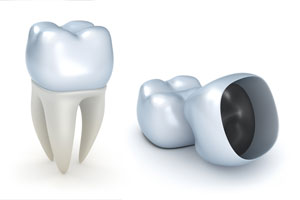
Bridges
A bridge lets the dentist to lost teeth without the use of a denture or dental implant. fundamentally a false tooth is fastened by being affiliated to a tooth next to it. The disadvantage is that the teeth close to the area have to be equipped in a corresponding method to a crown in order to assume the bridge. If these teeth already have crowns or extensive repairs then this is not a issue, the major worry however is when these teeth have small amounts or no restorations. One accommodation is the ‘acid etched bridge’, with this form a flat ledge is placed on the rear of the close teeth.
One disadvantage of a bridge is that the patient should wait three months before placement as the ‘gum’ shrinks after a tooth is removed. If the bridge was customized early a space could show beneath the fake tooth. At the rear of the mouth this may not be a issue, at the front of the mouth however this might appear as a black line along the gum.

Dentures
Using dentures to replace missing teeth is not only great for your oral health; it's a great way to look and feel younger! Today, there are a variety of natural-looking and comfortable dentures for patients who need to replace missing teeth. Made of a gum-colored plastic resin or acrylic base and either resin or porcelain replacement teeth, dentures are custom designed to fit your mouth. If you have several teeth or all teeth missing on the upper or lower jaw, full dentures may be your best option. Partial dentures, which can be either fixed or removable, are great for patients who have several missing teeth scattered along the upper or lower jaw.
The process of getting dentures may take a few months and several dental visits. In some cases, however, same-day dentures are also possible. With same-day dentures, the dentures are created right in the dentist's office instead of at an offsite laboratory. Same-day dentures aren't for everyone, though. If your dentures require a lot of customization, same-day dentures may not be right for you.
Just as with your natural teeth, dentures require daily maintenance. With regular wear and tear, your dentures can last 5-7 years. During that time, you may need periodic denture relines to accommodate changes in the contours of your mouth. Regular denture relines involve resurfacing the base to ensure that your dentures fit and function perfectly. If you break your dentures, it's critical to bring them to your dentist for professional denture repair. Home denture repair kits can cause more damage and be even more costly to fix.
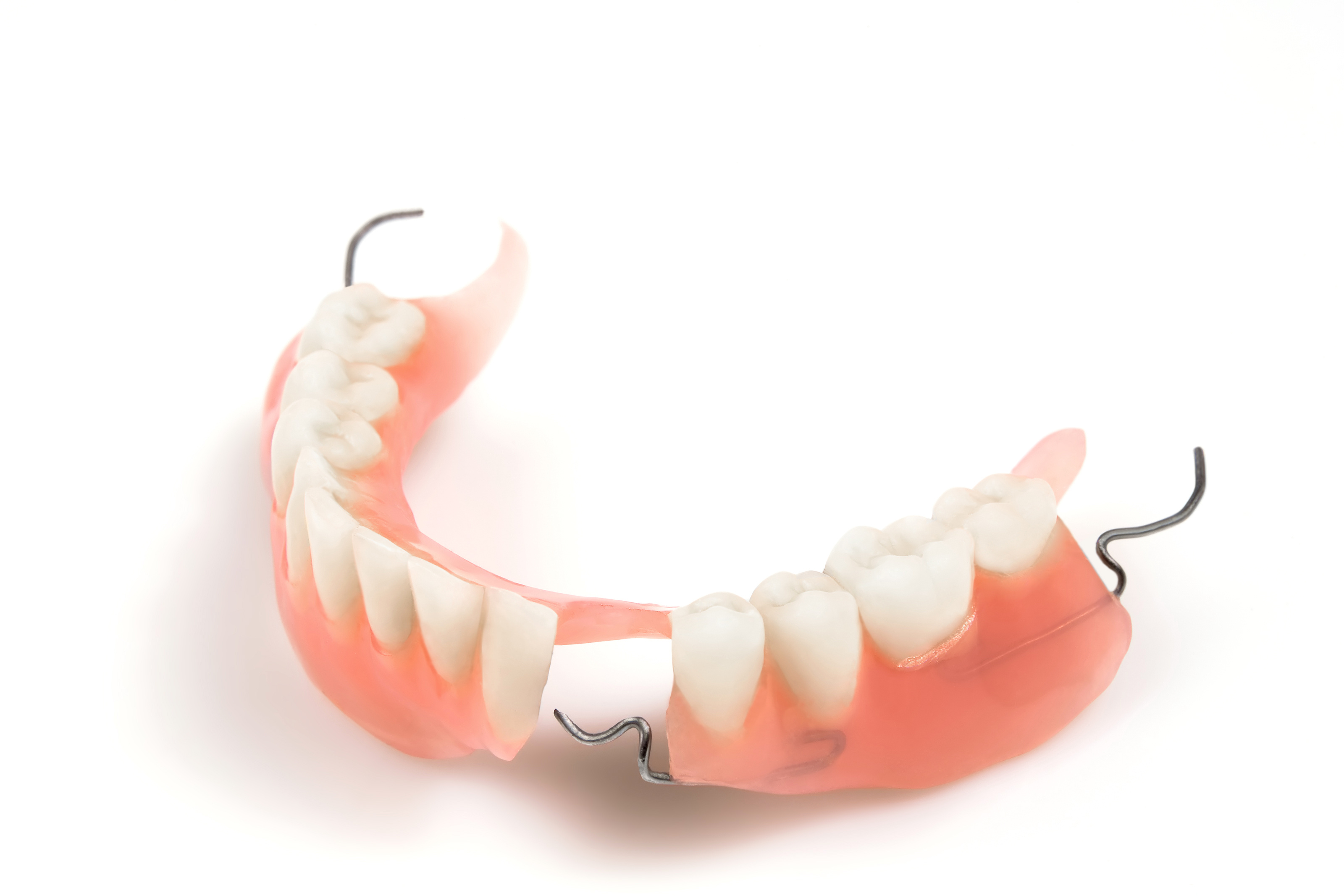
Invisalign Braces
Dental braces are utilized as a method to resolve issues with teeth that are crowded, crooked, jutting, out of alignment, or have abnormal gaps. By shifting the teeth into the perfect placement, dental braces work out any issues to portray a gorgeous smile for both children and adults.
Prior to deciding whether braces are a beneficial option for you, it is vital that you notice what is involved with the procedures and the cost of having braces.
Do I Need Braces?
When teeth are crooked and crowded, keeping them radiant can become difficult. If brushing and flossing cannot be done the right way, tooth decay, gum disease, and tooth loss will probably happen.
An unaligned bite can restrict your ability to bite and speak correctly, as well as cause abnormal wear to the enamel of your teeth. If your teeth are jutting and/or your upper and lower teeth don’t come together securely, jaw issues will possibly arise as well.
Therefore, by keeping your teeth in the correct alignment, as well as achieving healthier oral hygiene, dental braces will ensure you have a perfect smile. They also assist you in keeping your teeth and gums healthy. There is now information proving that periodontal infections occuring from poor oral hygiene can go into the blood stream and cause cardiac conditions.
Types Of Braces
Metal dental braces: These types of braces have been used for a long time and are made out of stainless steel. There is a expense benefit to metal braces; however, they can tarnish the surface of the teeth, which is part of the reason plenty of people are opting for a different type of braces.
Ceramic or clear dental braces: This brace type is a little less visible and looks more natural than metal braces, because they are similar in color to remaining teeth. Ceramic dental braces do not tarnish, and are as brawny as metal ones.
Invisalign Braces
Invisalign is a extractable orthodontic solution offered as an alternate option to more conventional orthodontic options such as metal braces. A type of clear tooth aligner that is chosen by many who do not want the uncomfortableness or visual aspect of conventional braces. If you are a prospect for Invisalign or other “invisible braces,” you can maintain your beautiful appearance while aligning your teeth. Keep in mind, this option can be expensive as you may go through 20-30 aligners for both upper and lower teeth.
To find out if you are a prospect for braces or Invisalign, contact us today to speak with our orthodontics specialist.
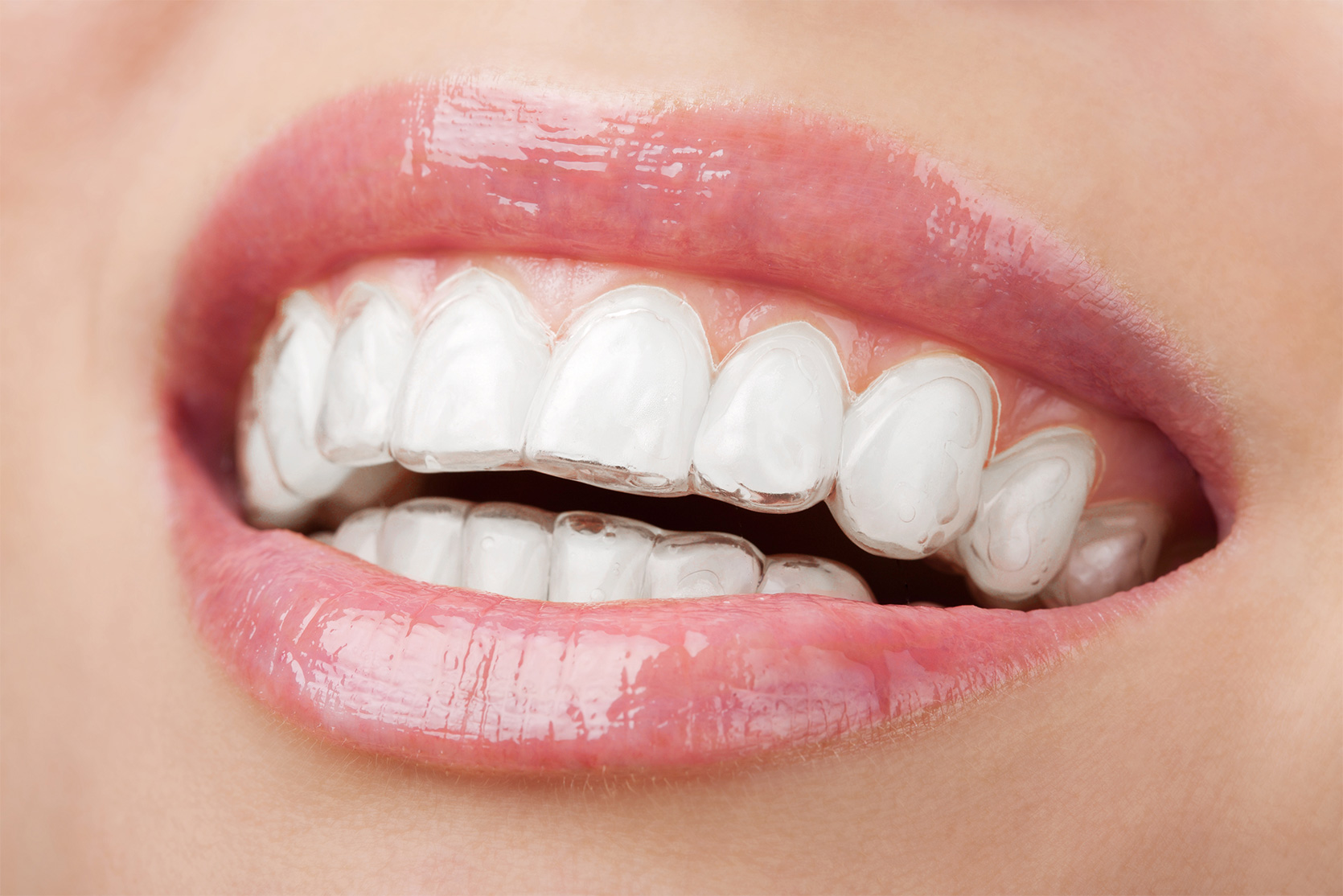
Gum Disease Treatment
Red, swollen gums are a red flag for one thing: gum disease. If you have the symptoms, you're not alone. More than 80% of adults have some form of gum disease. Fortunately, there are many effective and pain-free gum disease treatments. For gingivitis, the mildest form of gum disease, treatment typically involves a thorough dental cleaning, followed by daily brushing and flossing. Advanced gum disease, also known as periodontal disease, requires scaling and root planing to remove stubborn deposits below the gum line. Laser gum surgery, a new alternative to scaling and root planing, uses beams of high-speed light to remove plaque and tartar buildup. If non-surgical methods of gum disease treatment are ineffective, a gingivectomy, or periodontal surgery, may be necessary.
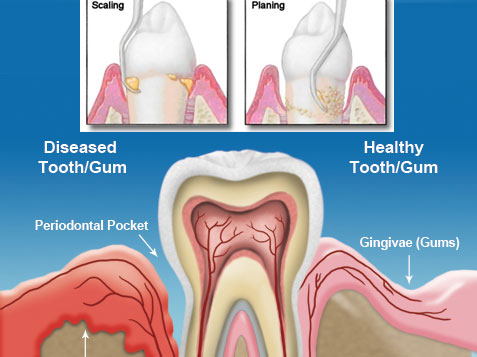
Root Canal Treatment
Why Would You Need Root Canal Treatment?
A root canal may be required when a tooth is infected. Letting a cavity go without treatment can cause an infection in the pulp of the tooth. Tooth decay from the cavity is corrosive and will wear away the enamel of the tooth into the root canal. The erosion allows bacteria into the pulp where it becomes infected. Antibiotics will not work at this point because they cannot get to the infection inside the canal and pulp. Inflammation due to the infection decreases the blood supply to the tooth, which inhibits the healing process.
When the pulp is inflamed but not infected, it may heal on its own. Your dentist may want see if this will happen before doing root canal treatment. Inflammation may not be harmful at first, but if it does not heal, a root canal will need to be done to avoid infection of the pulp.
An infection in the pulp can affect the bone around the tooth. This can cause an abscess to form. In order to save the tooth, the dentist needs to remove the infected pulp and fill the hole with a material called gutta percha.
Root canals are meant to save the tooth and reduce the need for having it pulled within a few years. Once your root canal procedure is done and the infection is gone, it is possible that the tooth will last throughout your life.
Signs and Symptoms
Infections do not always present with pain immediately, but left untreated will eventually lead to pain in the tooth and gums. In some cases, an abscess will form.
Your tooth might need a root canal if:
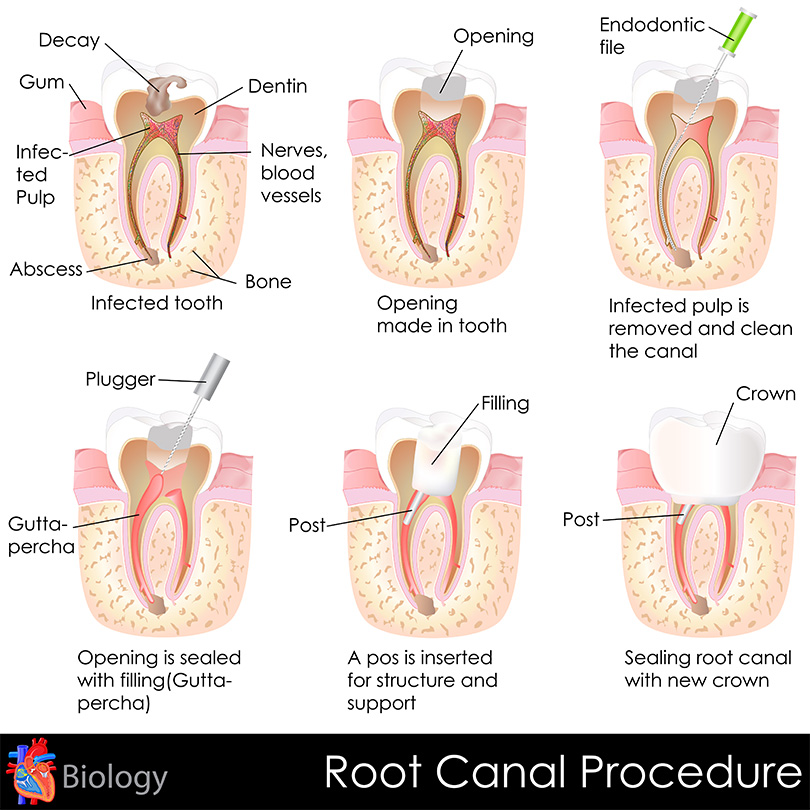
Oral Surgery
Oral surgery is an umbrella term for surgical treatments such as dental implants, wisdom teeth extractions and bone grafting. Dental implants, an excellent solution for missing teeth, are surgically placed tooth roots that hold dental crowns in place. A wisdom tooth extraction may be recommended if there isn't enough room in your mouth to accommodate wisdom teeth and they become impacted, partially erupted or infected. Bone grafting transfers bone from one part of the jaw to another, usually to accommodate a dental implant. While a general dentist can perform some oral surgery procedures, an oral surgeon is required for others.
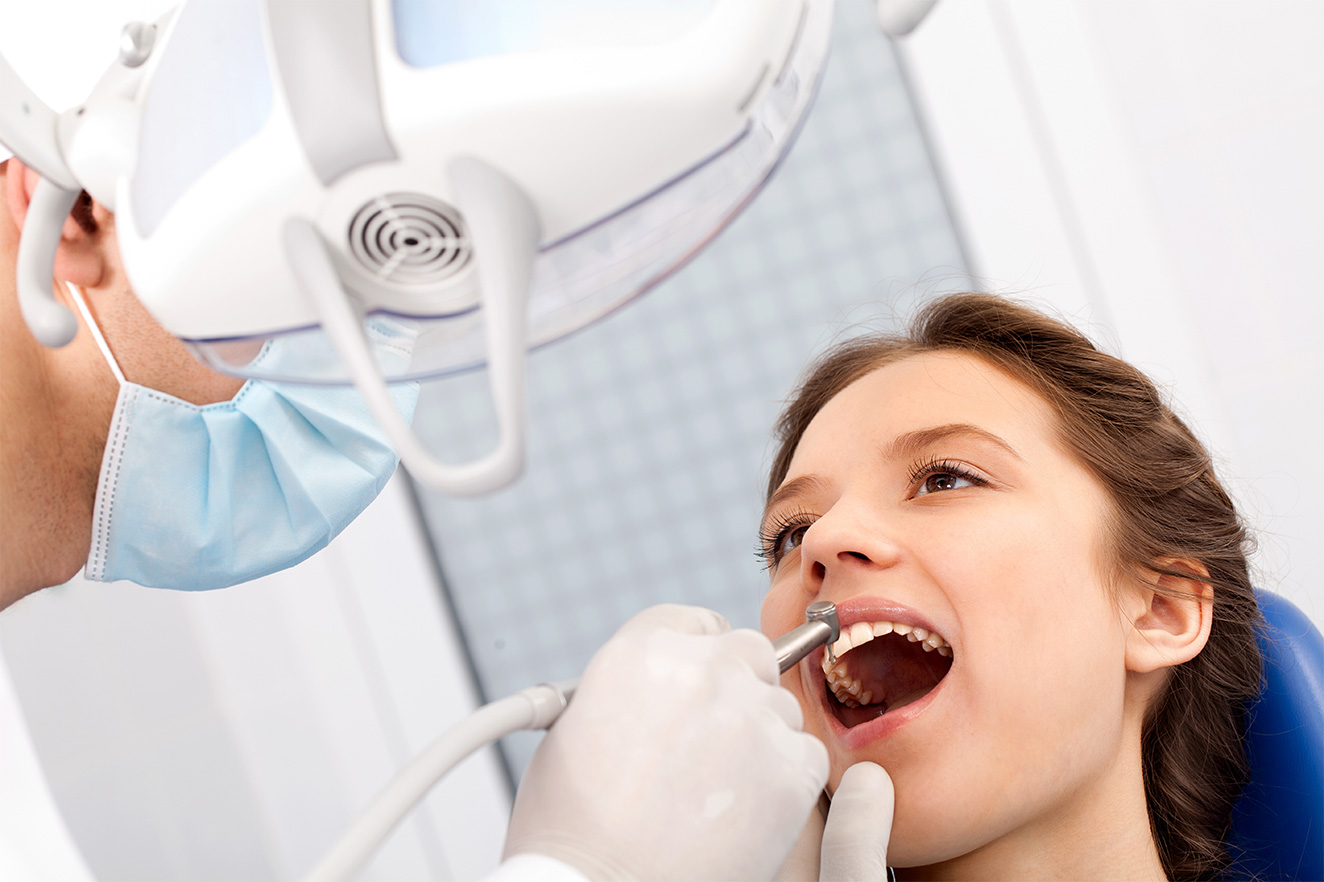
Dental Emergencies
Time is a vital factor when a dental emergency occurs. We understand this and are dedicated to getting you the best emergency care to ensure maximum potential for resolving the situation as soon as possible. If you are having a dental emergency please contact our office immediately.
General Toothache: Cleanse the area of the affected tooth thoroughly. Rinse the mouth vigorously with warm water or use dental floss to dislodge impacted food or debris. DO NOT place aspirin on the gum or on the aching tooth. If face is swollen apply cold compresses.
Cut or Bitten Tongue, Lip or Cheek: Apply ice to injured areas. If there is bleeding apply firm but gentle pressure with a gauze or cloth. If bleeding does not stop after 15 minutes or it cannot be controlled by simple pressure, proceed to hospital emergency room.
Permanent Tooth Has Been Knocked Out: Find the tooth. Handle the tooth by the crown, not the root portion. You may rinse the tooth but DO NOT clean or handle the tooth unnecessarily. Inspect the tooth for fractures. If it is sound, try to reinsert it in the socket. Have the patient hold the tooth in place by biting on gauze. If you cannot reinsert the tooth, transport the tooth in a cup containing the patient’s saliva or milk. The tooth may also be carried in the patient’s mouth. The patient must see a dentist IMMEDIATELY! Time is a critical factor in saving the tooth.
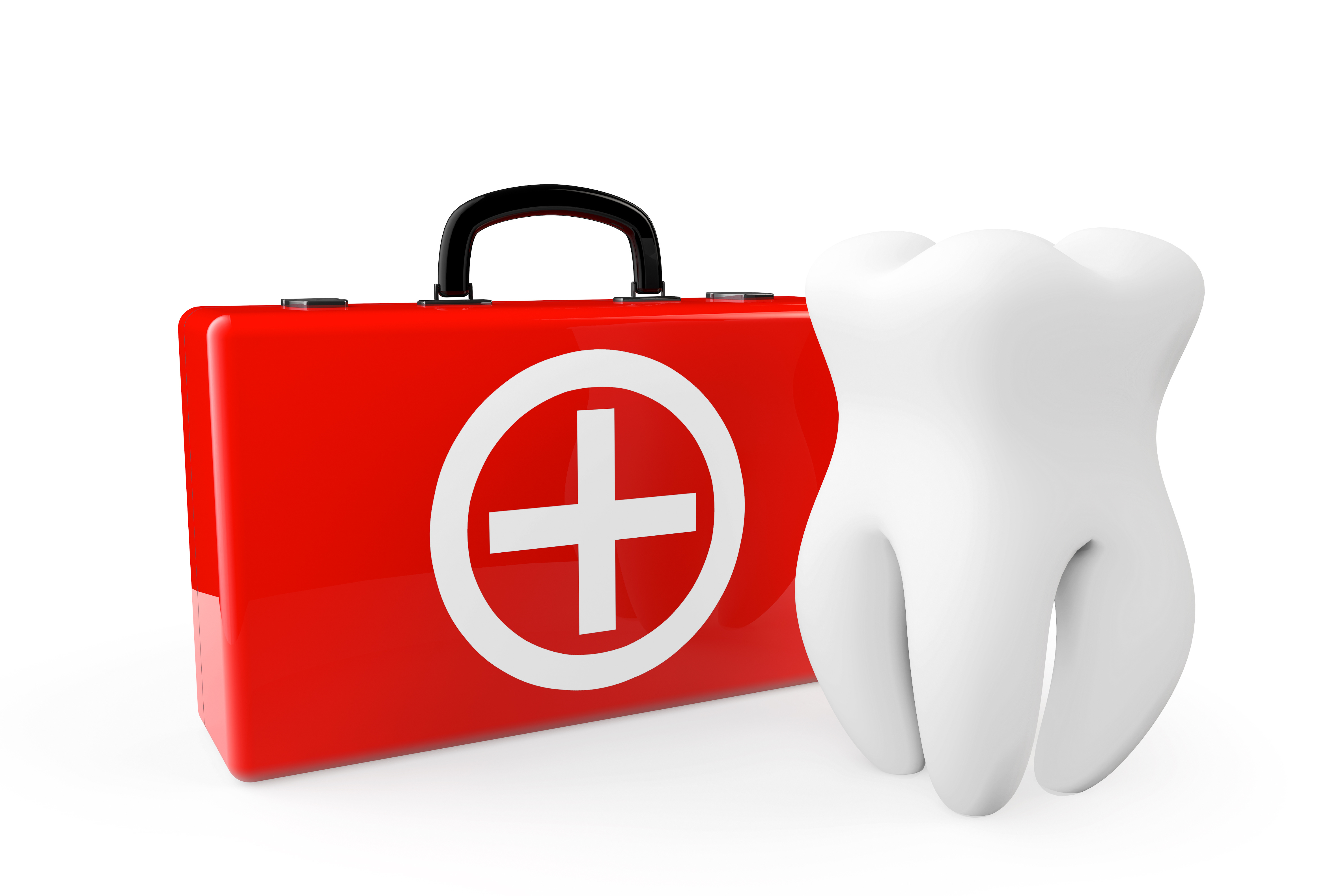
Pediatric Dentistry
Catering to the dental needs of kids requires a special touch. Pediatric dentists are specially trained to treat the oral health needs of children, from infancy through their teenage years. This involves in-depth knowledge about children's behavior, as well as their growth and development. Pediatric dental offices are also designed to make kids feel comfortable and relaxed – with plenty of toys, activities and a warm, inviting and fun décor.
